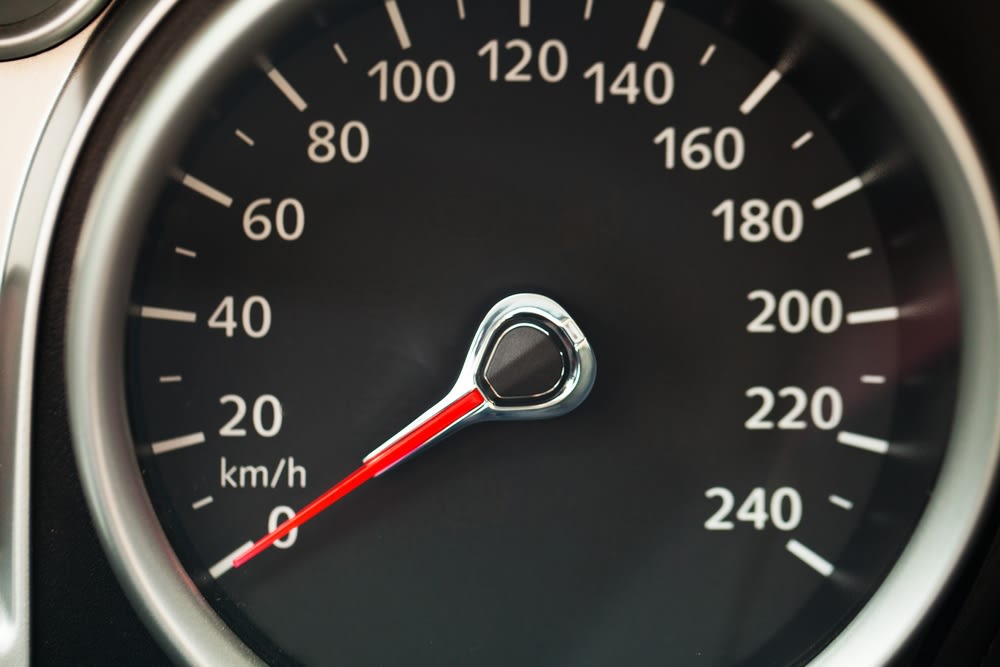

The speedometer on a car is located on the dashboard, and displays how fast the vehicle is going while it is in motion. Today, speedometers are electronic and come standard on all vehicles.
Common Problems With Speedometers
Speedometers can have problems caused by components that make up the mechanism. Sometimes speedometers do not work at all, which can be caused by a faulty speedometer head. Another problem is the Check Engine Light comes on after the speedometer stops working. This can happen when the speed sensors stop sending information to the car’s computer. If this occurs, the speed cable may need to be replaced.
Signs Your Speedometer Is Not Working Properly
Common signs your speedometer is not working include; the speedometer not working or behaving erratically while you are driving, the Check Engine Light turning on and off and the overdrive light going on and off for no reason.
Speedometer Inaccuracy
The speedometer can have an error of plus or minus four percent in the United States. For lower speeds, this means you could be going faster than what the speedometer says. For higher speeds, you could be going at least three miles per hour slower. Tires can be the cause of this, as over inflated or under inflated tires impact the speedometer’s readout. The speedometer is calibrated based on the factory tires of your vehicle. Over time, the tires on the vehicle become wore down or are replaced. Worn tires can throw off your speedometer and if the new tires are not rated for your vehicle, they can make the speedometer inaccurate as well.
How to Test Accuracy of Speedometer
If you think your speedometer is inaccurate, you can use a stopwatch to check how accurate it is. Start the watch as you pass a mile marker while on the highway, and then stop it once you pass the next marker. The second hand on your stopwatch will be your speed. Another way to test the accuracy is to have a mechanic look at the vehicle. This way, if there is a problem they will be able to fix it at while the vehicle is at the shop.



